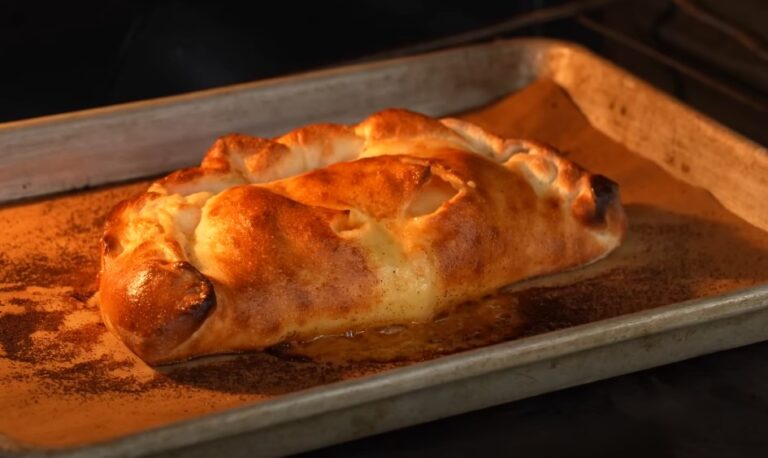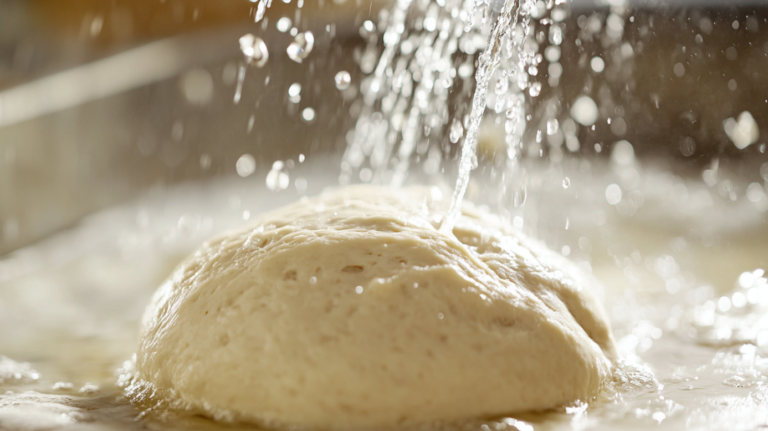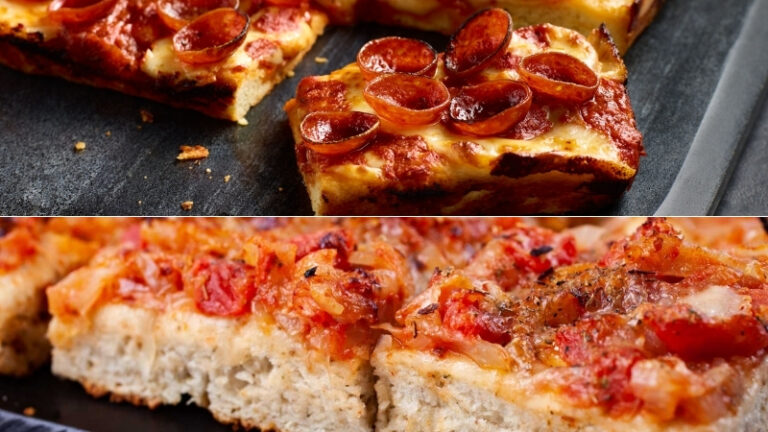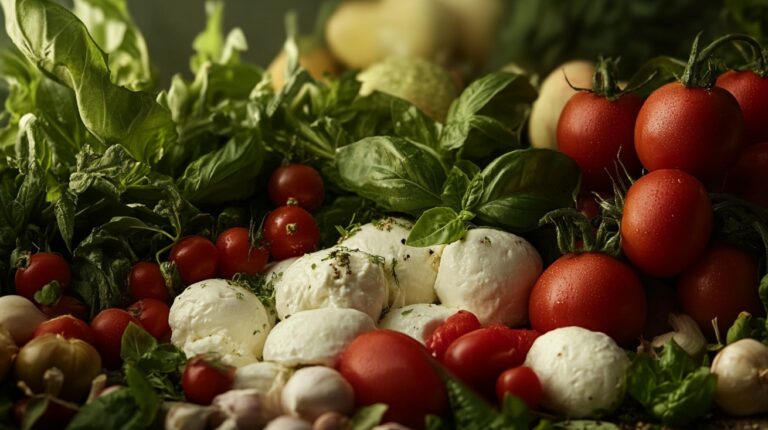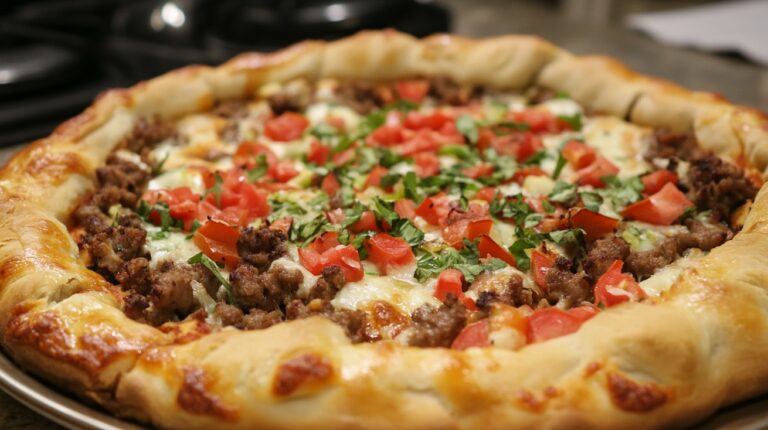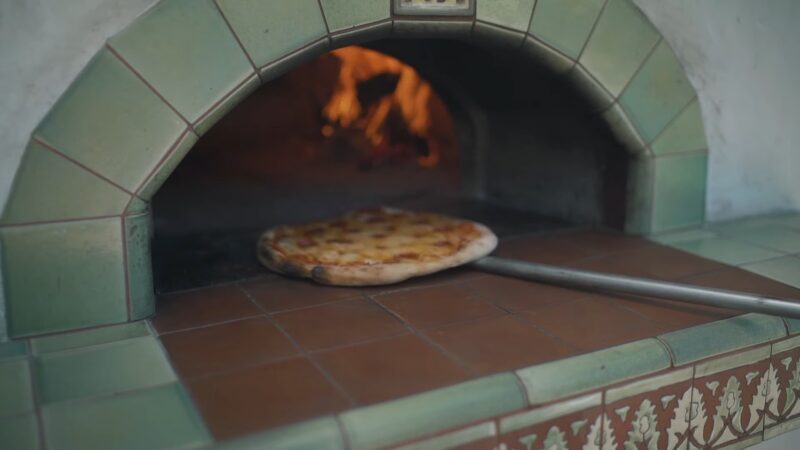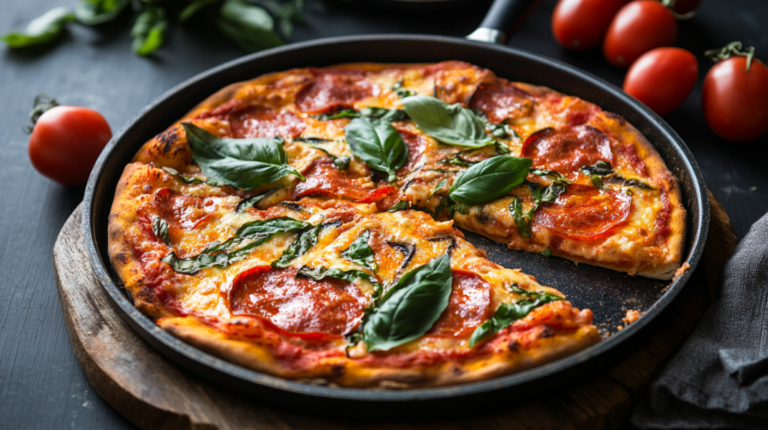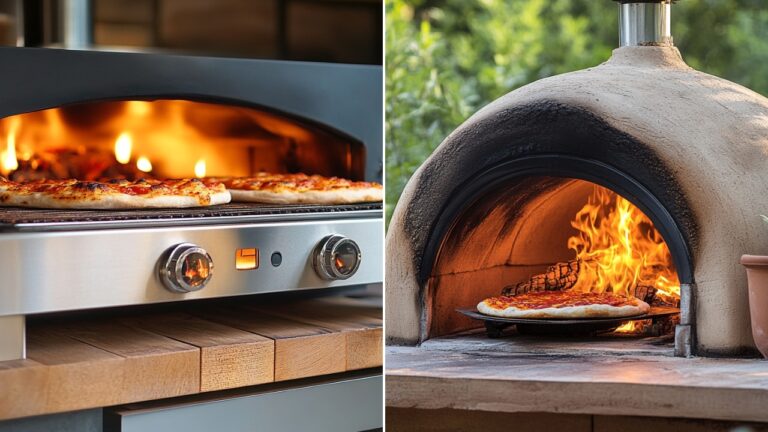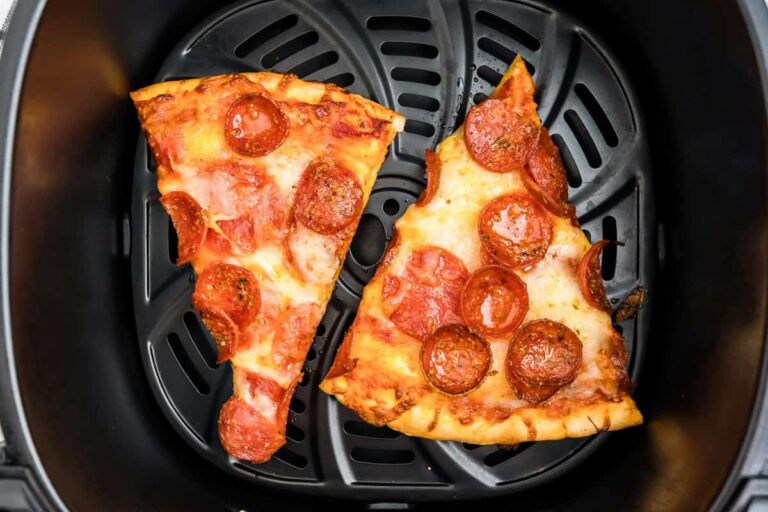While skills and proper selection of ingredients are the essentials when making pizza, keep in mind that tools can also make a difference. For example, the oven you are using.
If you are looking for a traditional way to make it, the best decision you can make is to get a stone oven.
I will now share some tips and insights for getting the best pizza with a stone oven.
Table of Contents
ToggleWhat Makes a Stone Oven Special?
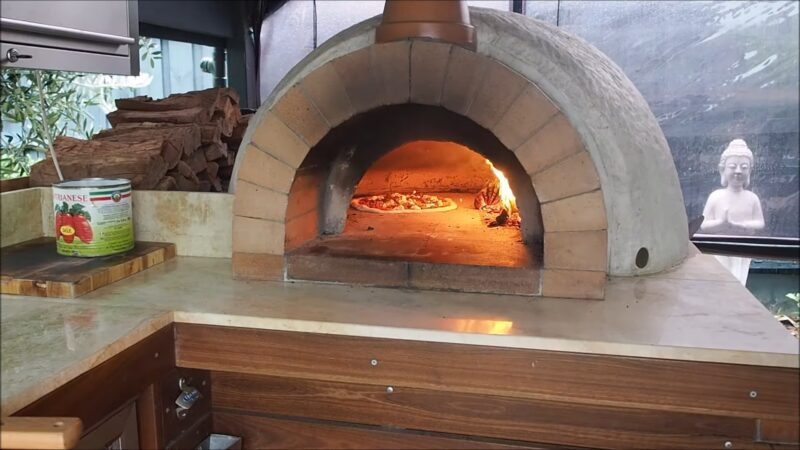
Ever wondered what sets a stone oven apart when it comes to making pizza? It’s more than just a nod to tradition.
There’s some real culinary magic happening within those thick stone walls, turning a good homemade pizza into something truly extraordinary.
- The Stone Makes a Difference: The type of stone used in these ovens is special, often brick or ceramic, known for their excellent heat retention properties. When you slide your pizza onto the hot stone, it immediately starts cooking the crust, sealing in the moisture. The result is a perfect base that strikes the right balance between chewy crispy.
- Moisture Control: Stone ovens excel at drawing moisture out of the dough. That is crucial because it allows the crust to caramelize rather than merely cook. The end result is a perfect texture without any burnt edges, something that regular kitchen ovens struggle to achieve.
- It’s For More than just Pizza: Stone ovens can handle a variety of dishes, from roasting vegetables to baking artisan breads. It’s really worth the price.
- Durability: A well-built stone oven is a long-lasting investment. It is designed to withstand the high temperatures of cooking day in and day out, making it a worthy choice for anyone who spends more time in the kitchen.
Best Techniques for Stone Oven Pizza
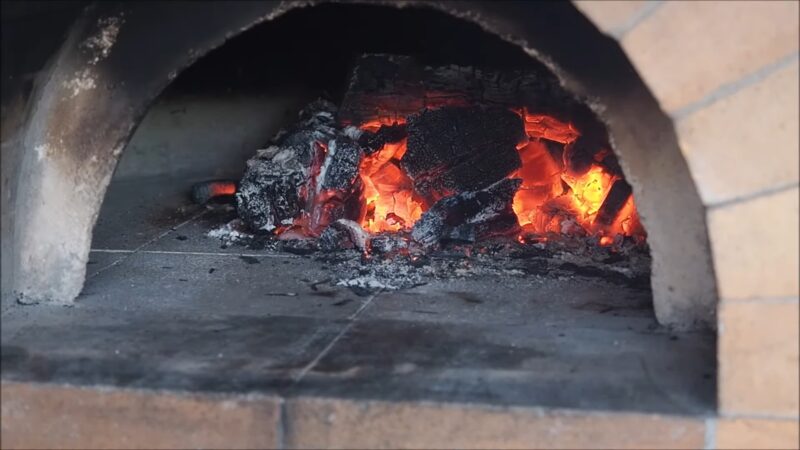
Cooking with a stone oven sets you apart from the typical kitchen setup.
When comparing this model to a standard or even high-end one, there are a few important details to know about.
- Heat Intensity and Distribution: Stone ovens operate at significantly higher temperatures than a typical one most of us have, often reaching over 800 degrees Fahrenheit. Such intense heat allows pizza to cook rapidly, usually within minutes. The even distribution of heat, thanks to the stone’s thermal properties, ensures consistent cooking. That’s the main reason why crust is always so much better when we use this model.
- Moisture Control: Another great feature of stone ovens is the ability to control moisture. The porous nature of the stone helps with the absorption of moisture from the dough, which is crucial for achieving a crispy base. Conventional ovens, on the other hand, can trap steam and moisture, potentially leading to a soggy crust.
- Flavor Enhancement: Stone ovens, particularly wood-fired ones, impart a distinct flavor to the pizza that can’t be replicated with electric or gas ovens. The subtle infusion of smoke and the quick cooking time contribute to a burst of flavor, enhancing the natural taste of the pizza’s ingredients.
So, I had to explain to you all the reasons why stone is the best model. And now I will share some tips that will help you get the most out of it.
- Preheat the Oven: Make sure that the oven is thoroughly heated before cooking. The process can take around 45 minutes to an hour, depending on the size and design. It should be hot enough to cook the dough immediately upon contact.
- Use the Right Tools: When working with such high heat, it’s essential to use a pizza peel. The long-handled tool allows you to safely place and retrieve the pizza without getting too close to the heat source.
- Stay Nearby: Due to the high cooking temperatures, the pizza is done in a few minutes. Keep a close eye on it to prevent burning.
Maintenance
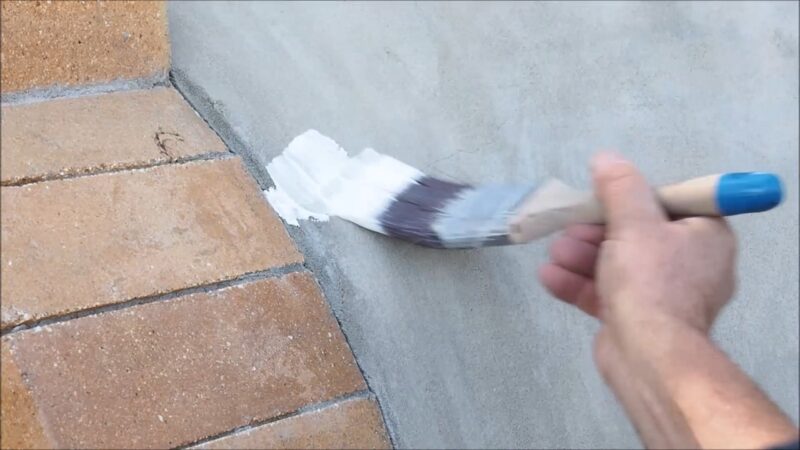
Proper maintenance is essential for longevity and optimal performance.
Here’s a simple guide to help you keep it in top shape.
- Regular Cleaning: After each use, it’s crucial to remove ashes or food debris from the oven. A brass brush is effective for cleaning without causing damage to the stone. Avoid using water and detergents as they can leave odors and chemical residues that may affect the taste of your food.
- Prevent Moisture Build-up: It’s important to keep it dry to avoid potential cracking. Stone is porous and can absorb water, which can lead to damage when heated. If the stone does get wet, ensure it is completely dry before using it again.
- Check for Cracks: Inspect the stone for any cracks or signs of wear. Small cracks are generally normal and shouldn’t affect the oven’s functionality, but larger ones may require professional assistance to prevent further damage.
- Oven Curing: If you notice smoke staining or increased smoke output, it may be time to cure or re-season the oven. Gradually heat the oven to a moderate temperature and maintain the heat to allow any built-up soot or grease to burn off.
The Bottom Line
Investing in this type of oven will completely change your experience. Trust me, once you start using it, you will start loving pizza even more. The best part is that it can be done in few minutes. So, one more reason to play around with various toppings.

